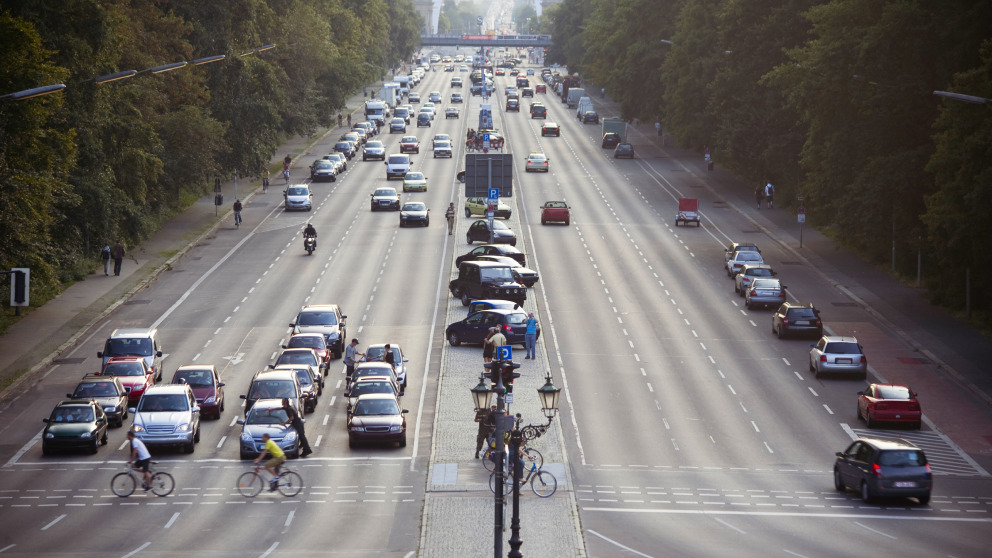The transport sector – Climate policy’s problem child and the coronavirus crisis
09.06.2020

Transport is the problem child of climate policy (see Haas & Richter 2020, Der Verkehr. Das Sorgenkind der Klimapolitik, in: POLITIKUM 2, 46-53). While emissions reductions have been achieved across every other sector since 1990, transport-related emissions have climbed by 3.7 percent between 1990 and 2018.
This is largely because cars continue to be the primary means of passenger transportation and have grown both heavier and more highly motorised in recent years. In short: any efficiency gains have been offset by rebound effects. Where transport policy engages with the climate crisis, the widespread adoption of electric vehicles is the preferred solution. This is reflected in the package of climate measures unveiled by the German government in September 2019. However, while these policies are likely to encourage a modernization of vehicle fleets, they fall short of what is needed to put the transport sector on a pathway towards sustainability. What impetus, then, will the coronavirus pandemic bring for the future of passenger transport?
Well, for a start, initiatives to redistribute public space have emerged in some cities in Germany – Berlin in particular – and also further afield. Areas previously reserved for cars are being converted into bicycle lanes so that cyclists are better able to comply with physical distancing requirements. The development of new transport infrastructures is known to induce traffic (Build it and they will come...) and it can be assumed that this rededication of lanes will contribute to an overall increase in active traffic (cycling etc.) over the long term – but only if the new lanes are preserved and cycling infrastructure is expanded further. Doing so would serve efforts to protect the climate and significantly enhance the quality of life in the cities.
Despite these gains in the area of active transport, the second main pillar of the mobility transition – local public transport – has been hit hard by the crisis. Passenger numbers have plummeted since early April. While some former service users have switched to active transport, others are taking to the road in cars. There is a danger that for some users, this switch will be a lasting one, especially as it is still impossible to predict when the pandemic – and thus the risk of infection in public transport – will be over. Now more than ever, we need concepts on how to strengthen public transport services –not only because they benefit health and the environment, but because bus and rail services are vital public services in our highly mobile society.
The coronavirus pandemic can accelerate change
The implications of the pandemic for the mobility transition are ambiguous. What is clear, is that policymakers must look beyond cars and their powertrains to the bigger picture, with initial studies (see here and here) indicating that mortality rates have tended to be higher in regions affected by severe air pollution than in those with cleaner air. Rapid and lasting reductions in urban air pollution can only be achieved by scaling back car traffic and significantly increasing investment in both active and public transport. Pursuing this course in the wake of the pandemic could bolster efforts to transform mobility, improve the transport sector’s environmental footprint, and significantly increase the quality of life in cities.
